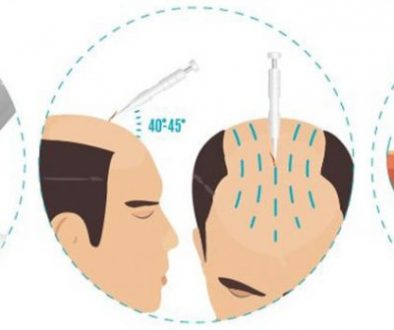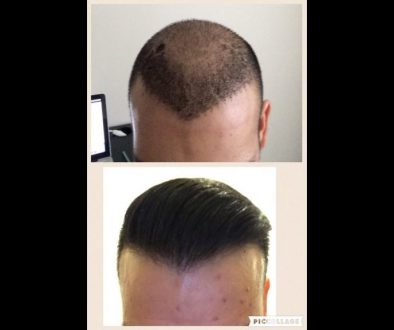Hair Loss and the Norwood Scale
The Hamilton-Norwood scale, first introduced by Dr. James Hamilton now commonly referred to as the Norwood scale after the revision made by Dr. O’Tar Norwood in the 1970s can be used as a guide to determine one’s level of baldness.
 One thing that we have to remember is that the norwood scale is ONLY a guide to be used to determine approximately our level of hair loss. It is not a perfect guide, but it certainly does a pretty good job in my opinion.
One thing that we have to remember is that the norwood scale is ONLY a guide to be used to determine approximately our level of hair loss. It is not a perfect guide, but it certainly does a pretty good job in my opinion.
These are the typical patterns one might follow, but ultimately, there are often variations of it. Typically a diffuse thinner follows a different pattern and therefore it’s more difficult to determine where he/she might fall.
But once we classify ourselves on the norwood scale, what do we do with it? How can it help us in our hair restoration journey?
Truly this will depend on the individual, but I believe in considering the following course of action:
- Research everything there is to know about hair loss – the more you know, the better your decision making skills will be.
- Consider medication such as Propecia and Rogaine as your first line of defense to fight against further hair loss. It might even help you regrow some hair, though there is a lesser chance of this. The higher we are on the norwood scale, the more likely hair loss medication will not be enough to restore our hair.
- Research and educate yourself about hair transplantation surgery which to date, is the only highly effective means of restoring your hair.
Hair Transplantation is not to be taken lightly and there is a lot to consider. Patients with higher level norwood scales typically require more follicular unit grafts to achieve decent hair coverage and density.
If you are considering a hair transplant, I recommend reading the following blogs which will kickstart your research regarding hair transplantation:
Considering a Hair Transplant: Where do I begin?
Am I too Young for a Hair Transplant?
How do I choose a Hair Transplant Doctor?
I welcome any feedback you might have.
Bill
Associate Publisher
Technorati Tags: Norwood scale, baldness, hair loss, hair restoration, Propecia, Rogaine, hair transplantation surgery, follicular unit grafts, hair transplant




January 22, 2013 @ 2:13 am
Eskimo,
It really depends on the size of the procedure, type of procedure performed (FUE versus FUT), and the appearance you want to portray when you do return to work.
However, most hair restoration physicians state that by day 9 or 10, patients who undergo a reasonably sized FUT procedure (i.e. not a 5,000 graft, NW VI transformation) can go back to work confidently. Granted, it may take some forward styling with the existing hair, or some sort of explanation for the frontal redness (if anyone is observant enough to notice), but you can likely return at this point. A lot of patients use the 9 day rule because it allows them to get an HT procedure late in the week and take the following week off work before returning.
However, keep in mind that some patients aren’t content with waiting only 9 – 10 days, and actually take off several weeks before returning to work.
I hope this helps!
Blake (Future_HT_Doc)
Editorial Assistant
January 20, 2013 @ 4:08 pm
Hi:
I am 46 years of age an am seriously considering the FUT method sometime this year. One of my concerns is the post-operative recovery time & approximately how long it will take after the surgery before I can return to work. I know that I can return to work relatively soon, but would like to be able to return to work with the surgey scars, etc., not being detectable.
If anyone can provide an answer or approximation, it would be sincerely appreciated.